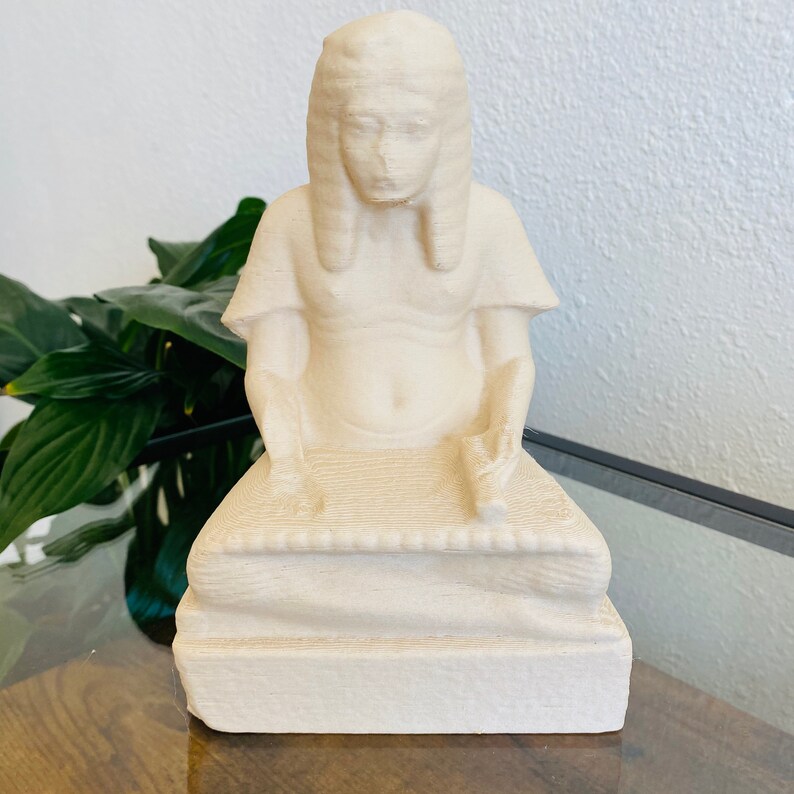

The exceptional quality of the statue indicates that it represented a high dignitary.


Elena FitzPatrick Sifford on casta paintings
Statue of seated scribe download#
The sculpture shows attention to detail and depth, making it an outstanding example of Egyptian art. Download this stock image: Statue of ancient Egyptian seated scribe from Egyptian Museum in Cairo, Egypt.

Many Egyptian artworks portrayed scribes since they held a prominent role in society. wood engraving after a painted limestone statue (2600s bce), found (1850) in saqqara, egypt, today in the musee du louvre, paris - the seated scribe stock illustrations This picture taken on Octoshows a view of a statue of a scribe seated cross-legged dating to Ancient Egypts Fifth dynasty, on display. The Seated Scribe depicted in the sculpture is surrounded by the tools of his trade, signifying an artist. Figure convention in relief closely resembles those in paintings. Socioeconomic status and belief systems were portrayed in art using sunken relief, a distinctive technique. Ancient Egyptian art was outstanding with its discipline and aesthetic sense. Sculpture was a primary art form, and artists were regarded as craftsmen. The sculpture of the Seated Scribe or Squatting Scribe is a famous work of ancient. The craftsmanship in the Seated Scribe sculpture signifies the high regard for artists during ancient Egypt’s time. Understanding the abstract and blocky style of Egyptian art requires discernment from the ancient Egyptians’ viewpoint. Seated cross-legged, with rolls of belly fat, this painted statue differs from the ideal statues of pharaohs. Ancient Egyptian art and architecture had a primary focus on religion and ideology, resulting in unrealistic and idealistic representations of the world. Scribes held an esteemed position in ancient Egypt since writing was a crucial skill, and literacy was limited among the population. Medthu, the overseer of the two granaries and scribe of accounts of the fields of Amen, sits cross-legged on the ground in the traditional pose of a scribe. The Seated Scribe is a sculpture made of painted limestone, representing a scribe in a seated position.


 0 kommentar(er)
0 kommentar(er)
